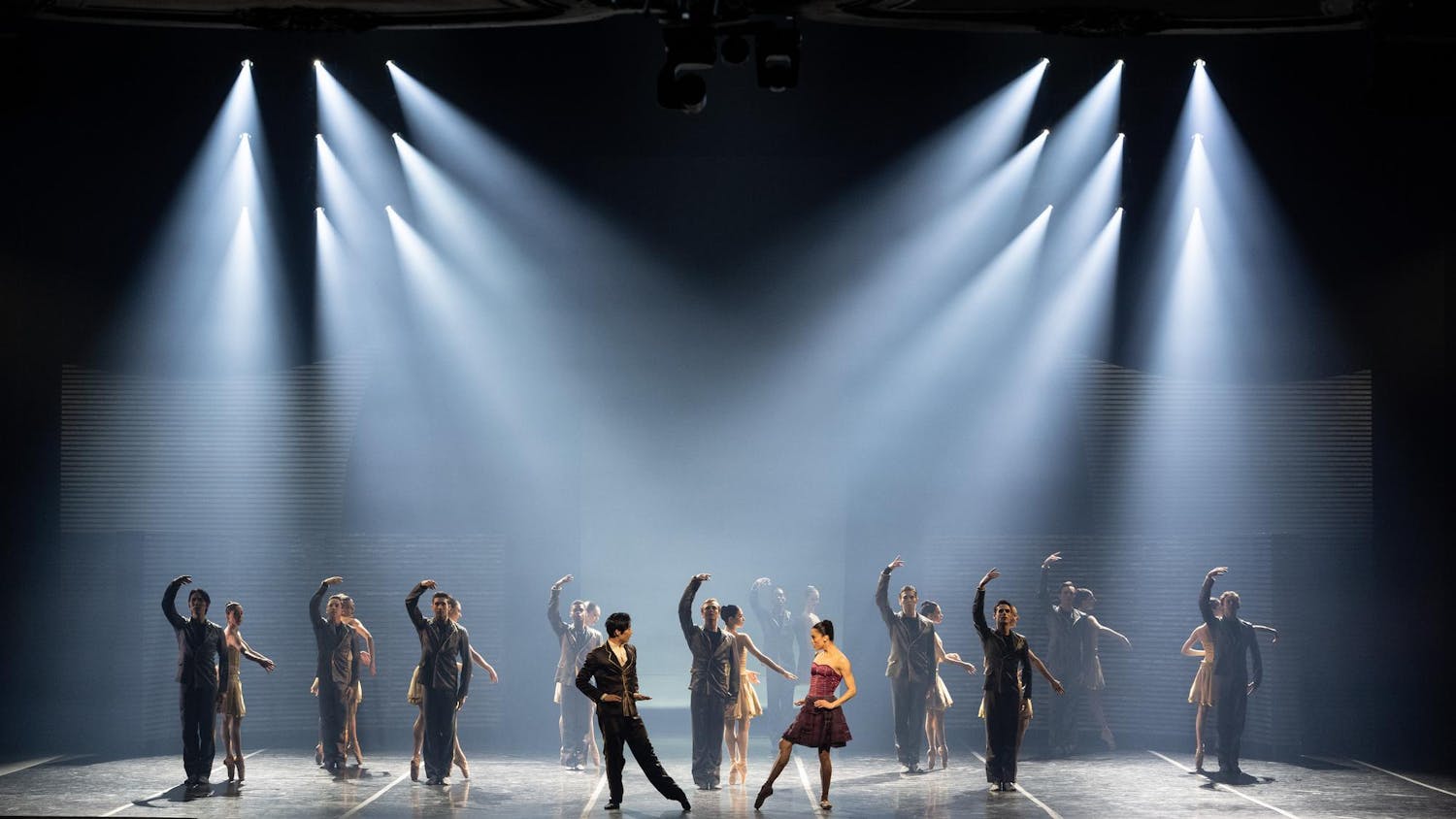American fashion designer Jeremy Scott, since first entering the fashion world with his eponymous line in 1997, has been redefining flamboyancy and glamour with his frequent use of floral prints, bold colors and sparkles in his designs. He has even been likened to Andy Warhol for the way he “likes to embrace the garish banality of American culture and elevate it to an art form.” His designs are also characterized by a great dose of humor, although in the past his work was not always free of problematic implications.
One collection that got a significant amount of opposition from the general public was his Fall-Winter 2014 Ready-to-Wear show for Moschino, of which he has been the creative director since 2013. For this collection, Scott was inspired by one of the most recognizable brands around the world, McDonald’s, and designed clothes that looked like high-fashion versions of the uniforms workers have to wear in the fast-food industry. Some purses featured a yellow letter “M” on a red background that was very reminiscent of the McDonald’s logo, while some other purses resembled the “happy meal” that have made the chain so popular among children. While some people could find a humoristic aspect in fast-food uniforms gracing the catwalk of Paris Fashion Week, some others were rightfully not as pleased with Scott’s artistic efforts. His critics felt like this reversal was a ridicule of people who work minimum wage jobs. It is quite controversial, to say the least, to design clothes to look like McDonald’s uniforms and then have people pay hundreds of dollars to wear them.
For the Moschino Spring-Summer 2015 Ready-to-Wear collection, in what was one of the most iconic shows of the past few years, Jeremy Scott once again drew inspiration from American pop culture, specifically from the ultra popular Barbie doll. Every model walking down the runway resembled the toy launched by Mattel, sporting platinum blonde hair, pink outfits and plastic accessories. In the spirit of metacritique of the fashion world that is typical of the brand, Scott seemed to be referencing the way in which models are seen as nothing more than life-sized dolls, largely due to the unrealistic beauty standards they have to live up to. It was definitely ironic he did this on the fashion week runway.
Scott’s humorous attitude towards his work and his efforts to critique the world he operates in can be compared to the way Marcel Duchamp approached the art-making process. When he presented his most famous work, “Fountain,” (1917) which was essentially a urinal he had signed with a pseudonym, he questioned for the first time the notion of craftsmanship as a prerequisite for someone to call themselves an artist. The fact that he did so with a urinal, however, is definitely a result of his willingness to achieve a comical reaction. So, after being called the Andy Warhol of fashion, could Scott also be the Marcel Duchamp or the "bad boy" of the industry?
More from The Tufts Daily





